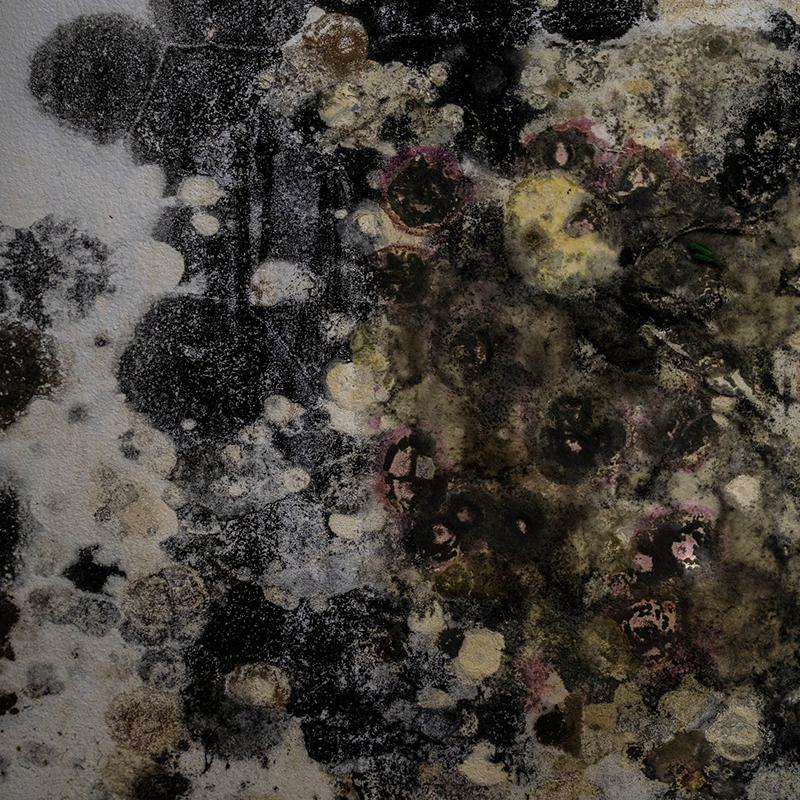
Mold cleaning and decontamination.
Most homeowners are familiar with mold removal process. Besides, mold is quite easy to fight when it hasn't spawned too much yet...
How to protect your home from mold?
There are a few things you can do to deal with the mold problem in your home. The first is basic prevention. Mold needs moisture, prefers low light, and thrives best in rooms with minimal ventilation. Therefore, be sure to fix leaks, faulty structures, and keep an eye on the upkeep of your home. When mold does appear, which is sometimes unavoidable, be sure to follow the EPA's guidelines for proper elimination. Although, in general, we suggest leaving larger mold removal projects to professionals. This is due to the fact that some types of mold are dangerous and spread quickly.
In addition, some materials (such as wood) require special disinfection methods. In addition, mold removal specialists are trained to identify where the problem occurred. (You can also make mold problems worse if you don't know what you're doing.)
If your mold problem is small or you decide to move forward on your own, don't hesitate to refer to our "How to Clean Mold guide."
How to remove mold. Mold cleaning
- First step, obviously, is professional testing. This will help you make a plan and inform you about each subsequent step.
- You will then need to purchase protective equipment that should include a suitable mask, such as a P-100 respirator. Don't forget to wear safety glasses or gloves during the entire process and be sure to avoid cross-contamination.
- Next turn off the oven or air conditioner and cover the air ducts and doors to contain spores. (If you suspect the presence of mold in your ventilation system, we strongly recommend that you seek professional advice.)
- Isolate the room and use air filtration devices to create negative pressure and create containment of the infected space.
- Remove or cover furniture and personal items. (Keep in mind that anything you hold may contain spores. Be judicious about what to hold on to or clean, or seek professional advice.)
Step two-remove contaminated materials.
- Depending on the extent of damage, you may need to remove carpet, walls, baseboards, tiles, and more.
- Collect discarded materials in plastic bags to avoid spreading spores, and vacuum up all the trash. In general, we recommend using a HEPA vacuum cleaner for stores rather than household vacuums, as you don't want to spread spores throughout your home. Don’t forget to wash the tank and hoses and change the filter when you`re done.
mold cleaning
Treatment of other surfaces.
- Vacuum the entire surface with an HPVA HEPA vacuum cleaner, meticulously.
- Mix your chosen fungicide according to the label recommendations. Then rub the soiled surface and let it dry. It is allowed to wipe off excess moisture, but not rinse.
- Cover the treated area with an impenetrable barrier.
- As soon as you complete the treatment, isolation and ventilation should remain in effect for three days.
- Wash your clothes immediately after mold treatment, and discard your rags in an airtight garbage bag.
- If the mold removal process is successful (if you are not sure, do a professional test), you can start the repair work.
mold cleaning
Finding help for more serious problems.
It can take a lot of time to remove mold from your property. This way, you may find that you have a few questions as you go. Don't be afraid to call your local mold removal company for more information. Or, if you are in Utah, you can call us. Asset Environmental Services has more than a decade of experience in mold removal and mitigation, and we will be happy to help. Fell free to contact us at (435) 764-2400.
mold cleaning